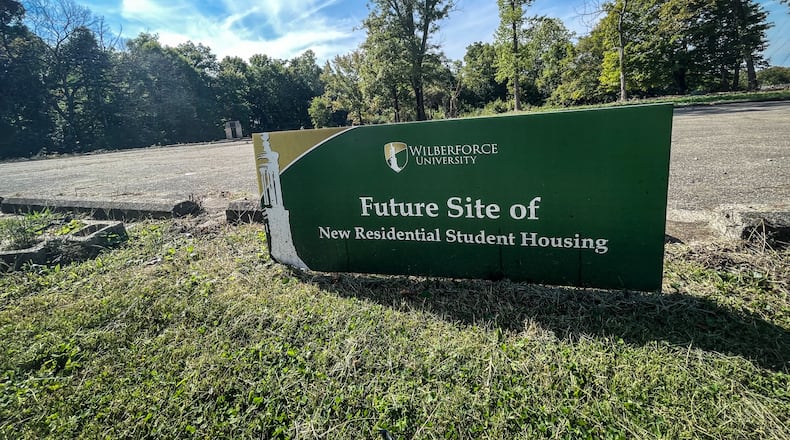Newkirk pointed out the university is still accredited and can still issue degrees. It also can fix these problems and get the on notice part removed within the next year, which Newkirk said he believes will happen.
To be in good standing with the U.S. Department of Education, universities and colleges must be accredited with a third-party agency. Many Ohio universities, including Wright State, Central State and Ohio State, use the Higher Learning Commission, which issues a letter of accreditation to the university or college.
The university is at risk of being out of compliance, according to the HLC, with several core components of how the university operates, including:
- Sufficient faculty and staff;
- Student enrollment, retention and degree completion;
- Budgeting and fundraising;
- Integrated planning and improvement.
The university also was out of compliance with two components: future financial projections and effective systems for collecting and analyzing data.
In 2018, the HLC put Wilberforce on probation due to financial and institutional problems, but it was removed in 2021.
Newkirk said the issues mentioned in a letter from Higher Learning to the university, which included low retention and variable enrollment, fundraising issues, lack of housing and more, have been addressed or plans are being implemented to address them.
Since enrollment is up and some students are being housed at other institutions, the university has broken ground to build new dorms and roughly double its housing capacity to about 600 students in the next five years.
The university says enrollment has reached one of its highest points in the last 10 years and retention is now at 71%. Retention is important because government funding eligibility counts the number of students earning degrees, not just the number enrolled.
Newkirk said more Black and Hispanic students have been enrolling at historically Black universities and colleges like Wilberforce because of a recent decision from the Supreme Court that ruled affirmative action, a limited variable in how students are admitted to universities, was not constitutional.
The HLC noted in its report that Wilberforce is “an enrollment-dependent institution with fluctuating enrollment and uneven fundraising, and long-term financial sustainability has not yet been demonstrated.”
Newkirk said the university trustees made an agreement not to deficit spend, and the fundraising for the university is already up 50% over the past year.
“We feel really good about where we’re going as an institution,” he said.
Newkirk was named Wilberforce’s president in April, succeeding retiring president Elfred Anthony Pinkard.
Newkirk was an interim associate vice president at Alabama A&M University in Huntsville, Alabama, and served as president of the historic Fisk University in Nashville, Tennessee. Previously, he served as Fisk’s provost and vice president of academic affairs.
The HLC also said Wilberforce did not meet its criteria in using data systems, which Newkirk said was a misunderstanding.
“We’ve always used data at the institution,” Newkirk said. “I think that was a misinterpretation of how the data is being used.”
Newkirk said he is optimistic about the future of the university. The next HLC visit will be in the spring of 2024.
“We’re moving and actually coming from the pandemic” Newkirk said.” And just like many small institutions, I think we came through relatively unscathed and we’re just making sure that we have all the tools in place to go forward.”
About the Author


